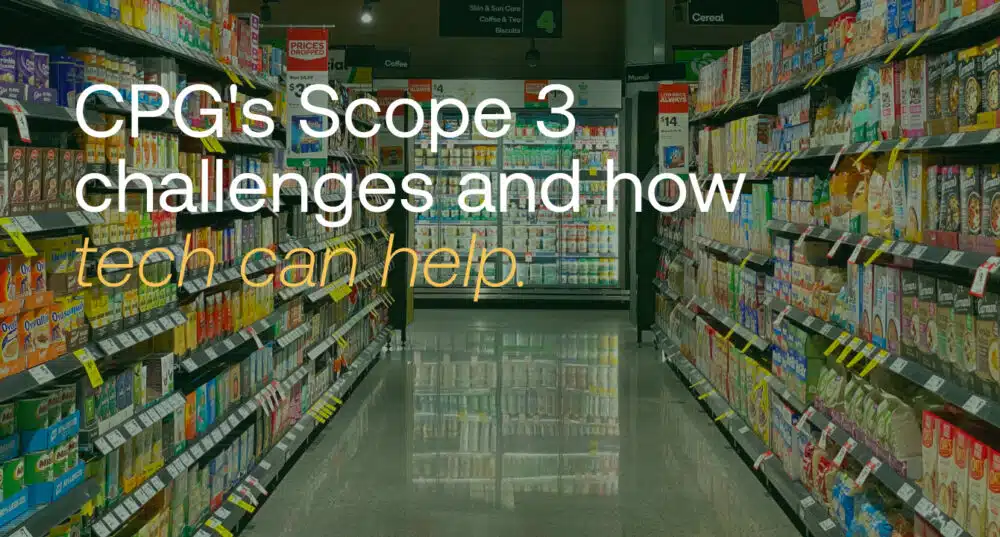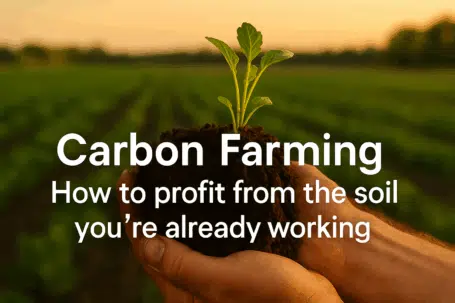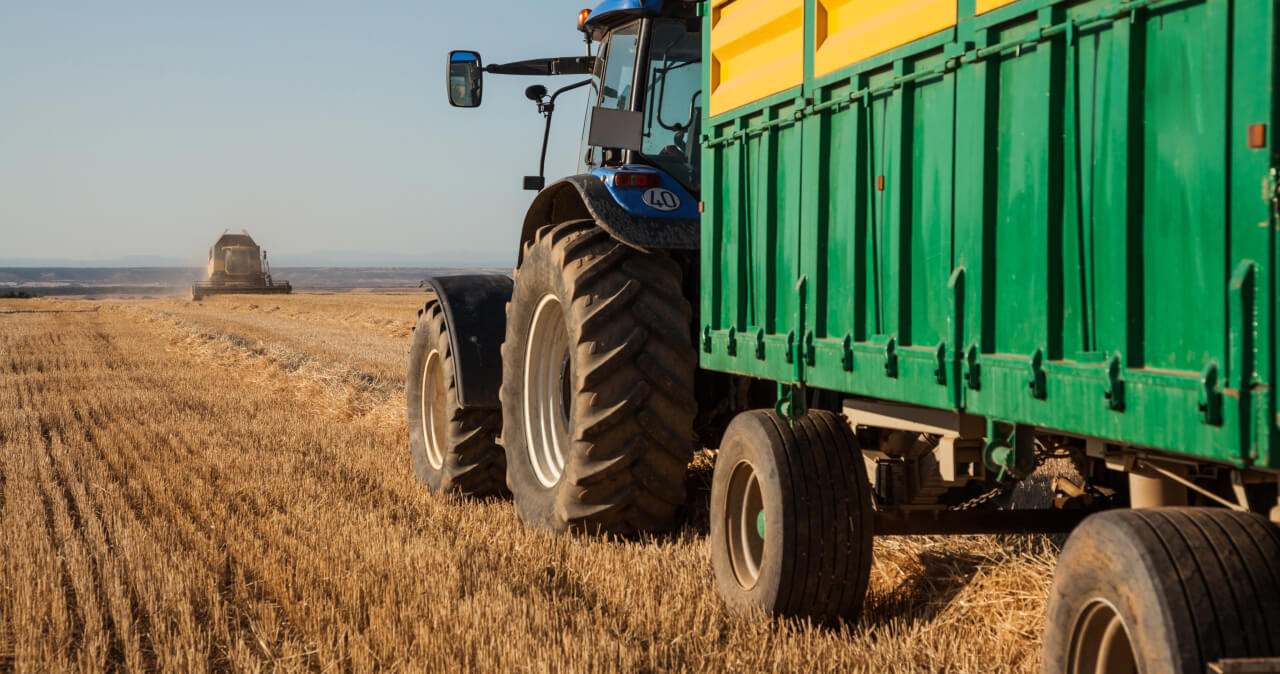According to the UN, food production must grow by 70% by 2050 to feed the population. At the December 2023 COP28, agricultural and sustainability negotiations revealed that we must not only sustain but also enhance food production. Given how much chemical fertilizers weigh in emissions, this is counterintuitive. We need to adjust our agricultural and fertilizer use to grow better. Fertilize smarter.
Ask any agriculturalist about fertilization and nitrates will be mentioned. Not unexpected since it’s the one nutrient that rules them all—a vital but ecologically damaging fertilizer. Nitrogen fertilizers account for 1 in 44 tonnes of global GHG emissions while increasing agricultural production. That exceeds commercial aviation. It is one of the most climate-polluting industrial chemicals, contributing 21% of agricultural direct emissions. Synthetic nitrogen produces roughly 40% of GHGs in manufacture and transport, but most emissions occur after soil application.
Industry-wide sustainability promises
Sustainability commitments matter to the market. The biggest firms are pursuing strong GHG reduction goals. 63% of Fortune Global 500 corporations want to reduce emissions by 2050. This is a 22% rise from 2022. The contribution of Scope 3 emissions to total footprints and net zero ambitions, especially in high-emitting industries, are quite different, creating an opportunity market.
Food and beverage companies are at a critical point in their search for sustainability, especially in addressing Scope 3 greenhouse gas emissions. These indirect emissions from a company’s value chain frequently make up the majority of its carbon footprint, especially in agriculturally dependent industries like consumer packaged products. This dilemma is exacerbated by agriculture’s nitrogen reliance.
The importance of CPG firms in value chain sustainability cannot be emphasized. Companies may reduce Scope 3 emissions by working with suppliers, especially agricultural suppliers. This participation entails sharing nitrogen management best practices, engaging in sustainable agriculture technology, and sometimes balancing interests—balancing Scope 3 emission reduction with producers’ desire to enhance return on investment.
Many sustainable food and beverage products show the potential for major environmental impact reductions. CPGs are working hard to address Scope 3 across the sector. Major players openly dedicated to reducing Co2 test and deploy methods and techniques to attain key milestones. From resource-efficient precision agriculture to waste-reducing biodegradable packaging, the sector is going green. CPGs tackling Scope 3 are testing green fertilizers, enhanced fertilization systems, low-input cultivars, and sensing technologies to measure in-field nitrogen.
Nitrogen management is a delicate on-farm choice that helps firms reach net zero emissions by growing healthy, plentiful crops and reducing supply chain GHG emissions. Applying enough to fulfil crop needs without harming the ecosystem is crucial.
In this context, technologies that give thorough insights into soil health and nutrient levels enable more focused and effective fertilizer usage, lowering agricultural operations’ environmental imprint. Advanced soil sensing technology offers hope. These new technologies help farmers optimize fertilizer use by correctly assessing soil nitrogen levels, eliminating excess nitrogen that may seep into streams and harm the environment. This precise nitrogen management method reduces Scope 3 emissions and improves soil health, enabling more sustainable agriculture.
This is still a business choice though. Market shares cannot be sacrificed for that move. Acre yield must meet goals. Increased operating costs must be recouped or shared. Value chain changes include risk that must be addressed.
The C in CPG drives it.
There are shifts in consumer demands. Firstly, pressure from consumers for socially responsible products and companies has been mounting and is at an all-time high. A joint study between McKinsey and NielsenIQ published this year found that products with associated ESG claims average growth of 28% over the last five periods compared to 20% growth for products with no such claims, establishing material links between ESG claims and consumer spending.
Generations have demanded socially responsible products. The Pew Research Centre found an essentially linear trend in personal climate change action from Boomers to Gen Z (21%; Gen X, 23%; Millennials, 28%; Gen Z, 32%). KPMG found that 41% of Gen Z customers consider social responsibility while buying, compared to 33% of all consumers. Consumer demand for responsible corporations does not appear to be something that is going away anytime soon.
For years, consumer tastes have shaped corporate trends, and their influence looks to be growing. Consumers increasingly want to buy from businesses with clear sustainability strategies and policies and corporations that enforce them.
Reducing GHG is optional, but it may quite well boost brand equity and, more significantly, product distinctiveness.
Nitrogen emission reduction difficulties and possibilities
Agriculture’s nitrogen emission reduction journey is difficult yet rewarding. Scale of adoption is a major obstacle to making an influence. Technology and practice innovations must be adopted by early adopters and the whole global agriculture community. However, the potential benefits—from decreased GHG emissions to enhanced soil health and crop yields—encourage players across the value chain to aggressively seek these advances.
Increasing sector coordination is needed to reduce Scope 3 emissions, especially through nitrogen control. Partnerships between technology providers, agricultural farmers, CPG firms, and regulatory authorities provide unique insights and capabilities. Through collaboration, the food and beverage business can lead a shift to sustainable agriculture, creating an example for other industries.
Managing Scope 3 emissions, especially nitrogen management in agriculture, is difficult yet crucial. Sustainable innovations, cross-sector collaboration, and advanced sensing technology offer a solution. The food and beverage sector can lead environmental reduction efforts and ensure a sustainable global food supply chain by adopting these tools and ideas. As we develop and collaborate, a sustainable, low-emission future becomes possible.




